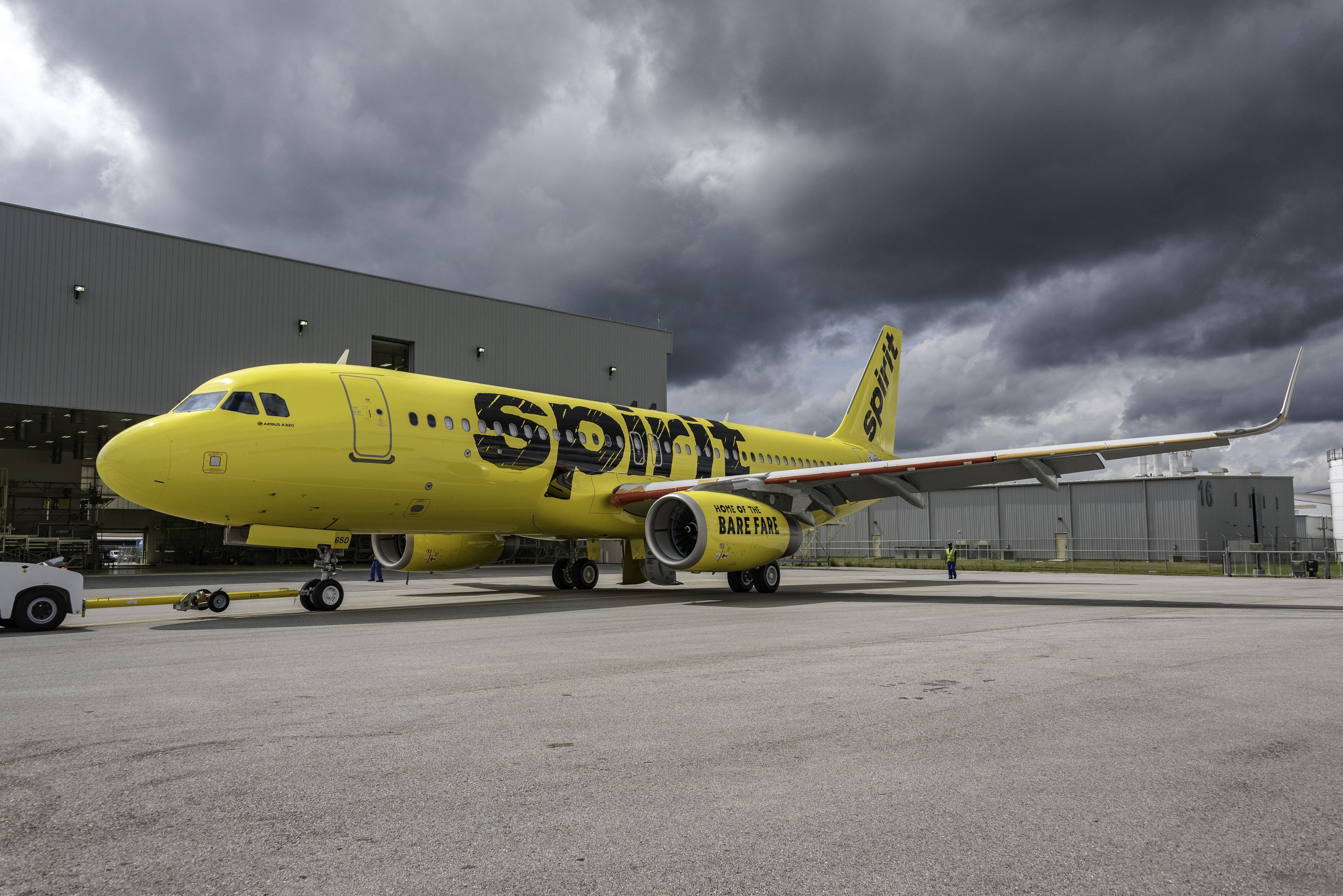Hello, world!
Misc.
7 September 2020
What image first comes to mind when you hear the word aviation? Do you see a Boeing 747 40,000 feet in the sky, leaving puffy white contrails? Or do you think of a Cessna 172, occupied by a student pilot and their instructor? Wilbur and Orville Wright at Kitty Hawk? Dogfighting fighter jets? A crowded Spirit Airlines flight from Newark that you can’t really complain about because you only paid twenty dollars for the ticket?
Whatever the case may be, there’s just something beautiful about flight, something that’s quite difficult to put into words. All at once, it is mystifying, awe inspiring, seemingly impossible, and just straight up cool.
Now that I’ve made it sufficiently clear that I love planes, let’s talk a bit about the history part of this.

A Spirit Airlines A320.
© Tad Denson, airwind.com
History of course includes the events of the past, but that doesn’t mean it has to be dates and names and text you can barely understand. To me, history is as much about people as it is about events.
We know the things of the past because people recorded them in primary sources. Whether a photograph, diary, poem or any other form of information - the event was probably important. It must have made an impact on someone’s life, to such a degree that someone felt the need to keep a record of it. In that way, by studying historical events and topics, we learn about the people involved.
And by learning about the people of the past, we can see how their contributions to the world then shaped our world. And in that sense, history is not only about the past, but also about the present. What’s happening today is more or less a result of the past, and I believe that learning about current events still counts as history.
I hope you’ll join me as I learn about how aviation developed and changed the world.